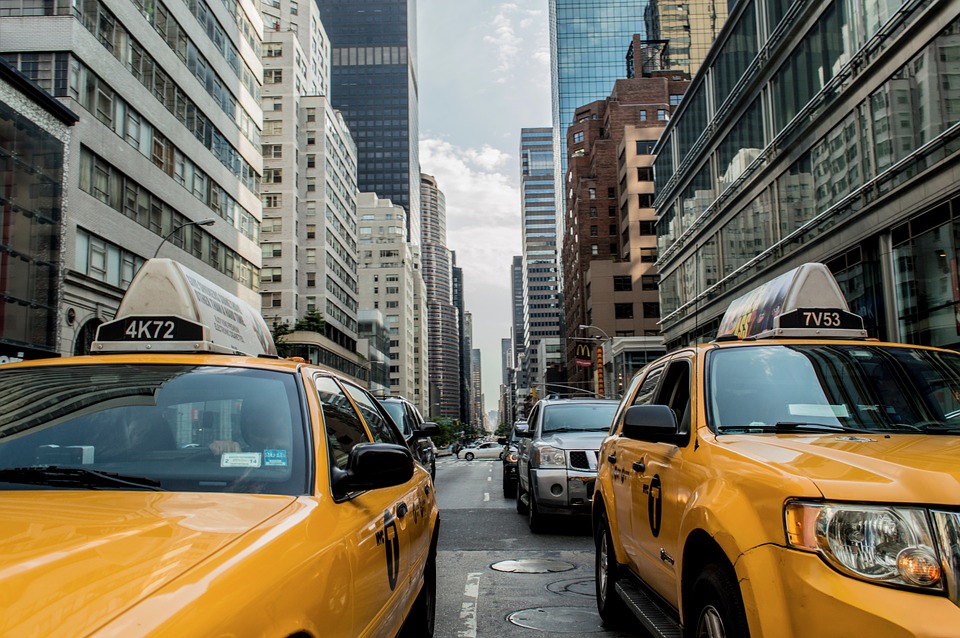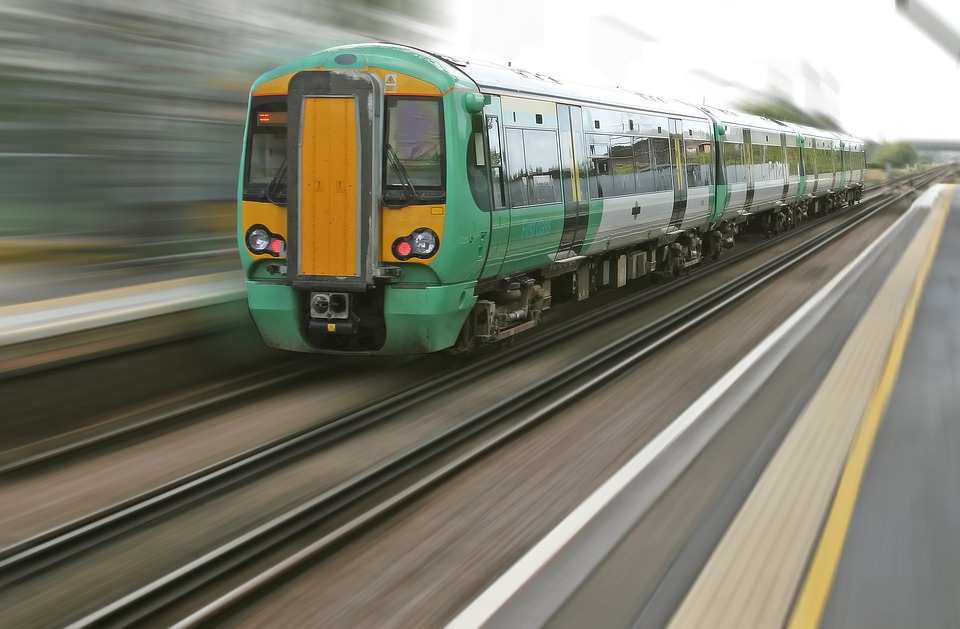Month: January 2019
-

Promote sustainable tourism
Rail should be at the heart of Yorkshire’s tourism strategy. We want more people to visit our county but we’d rather not have the extra traffic that comes with it. Rail should be the mode of choice for getting to the Dales, North Yorkshire Moors and Pennines, with a network of connecting bus services. Modern…
-

New trains trains and better experience
Light rail Trams are returning to the UK and Sheffield already has a great network. Proven technology exists for trams to run on conventional railways and we want to see this approach extended to both Leeds and South Yorkshire (where it is being planned). This would allow (for example) a tram-train to use the existing…
-

Leeds-Bradford Airport Rail, Not Road.
The proposed road (routes A and B) would serve just 5% of airport customers, according to Rawdon Parish Council’s traffic survey, published in local media. At £50-75m, they are poor value for money. They also do not bypass the worst congestion, which is further towards Leeds city centre. Route C would only serve 5% of…
-

InterCity services and connecting the North
Our InterCity services West Yorkshire has good InterCity connections to London already and plans for future high-speed rail must not leave cities and towns like Wakefield, York, Doncaster and Bradford at a disadvantage. The new franchise for East Coast should continue to develop with steady improvement in journey times, new trains and new destinations. Where…
-

Why invest in rail?
Why invest in rail? It’s about more than getting from A to B, quickly and safely. Investment in rail must be based around clear criteria that will benefit the region as whole. Our key objectives are: Promote sustainable economic growth across Yorkshire. Reduce global warming by transferring people and goods from road to rail. Improve…
-

West Yorkshire Transport Consultation Response
The West Yorkshire Transport Consultation aims to put Yorkshire back on track. Stewart Arnold, Leader of the Yorkshire Party, responds. While I have focused on issues in West Yorkshire, since that is the scope of the consultation and the Combined Authority, I have included some comments on adjacent regions, since they affect West Yorkshire’s connectivity.…
-

10 Reasons why trains are best travel option in Europe – Part II
As mentioned in last post trains are best travel option in Europe and there are many reasons that support this fact. Some more points are as follows: 4. Most of the Railway Stations in Europe are located centrally in town. This is very helpful if you are unaware of the city. This also helps you…